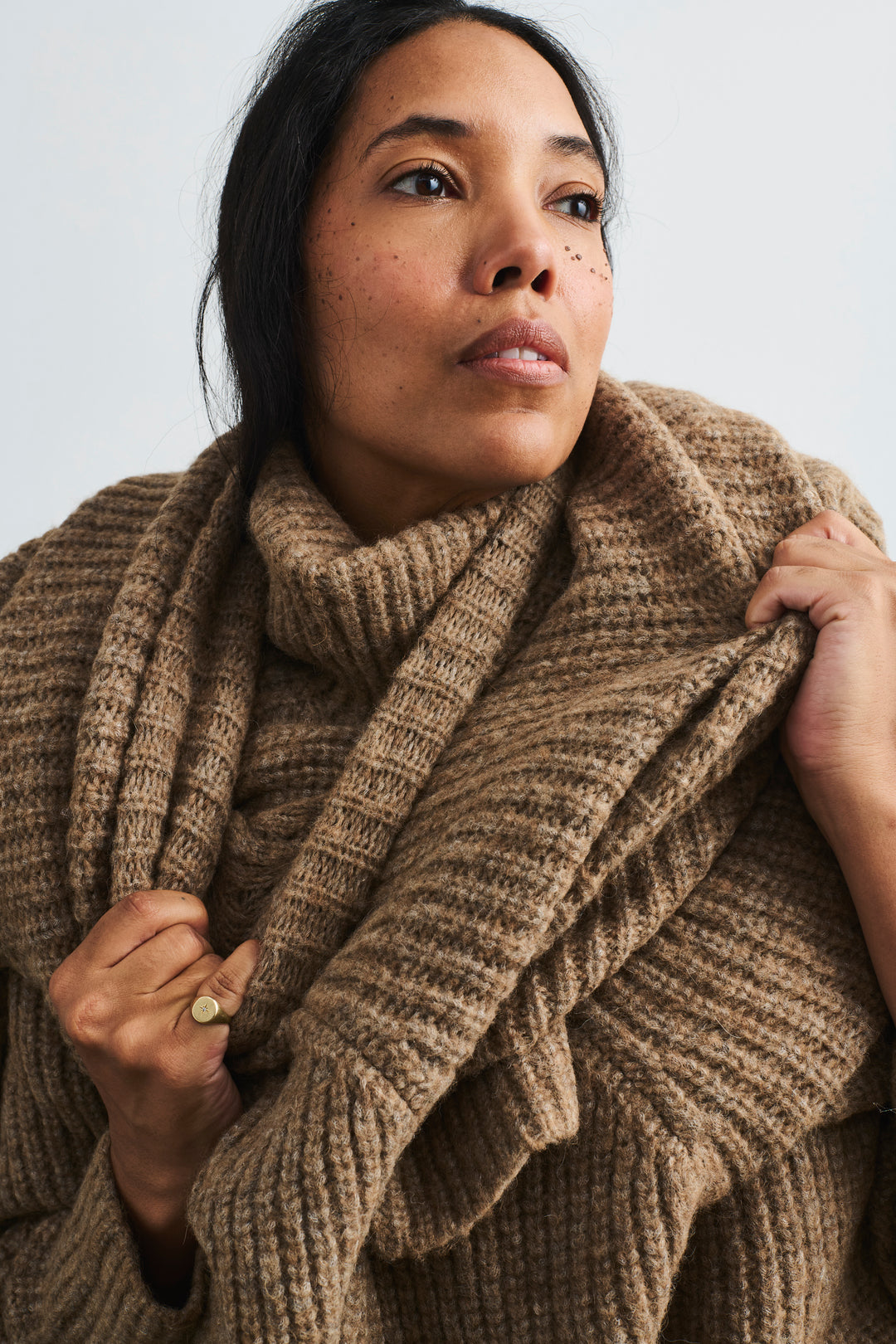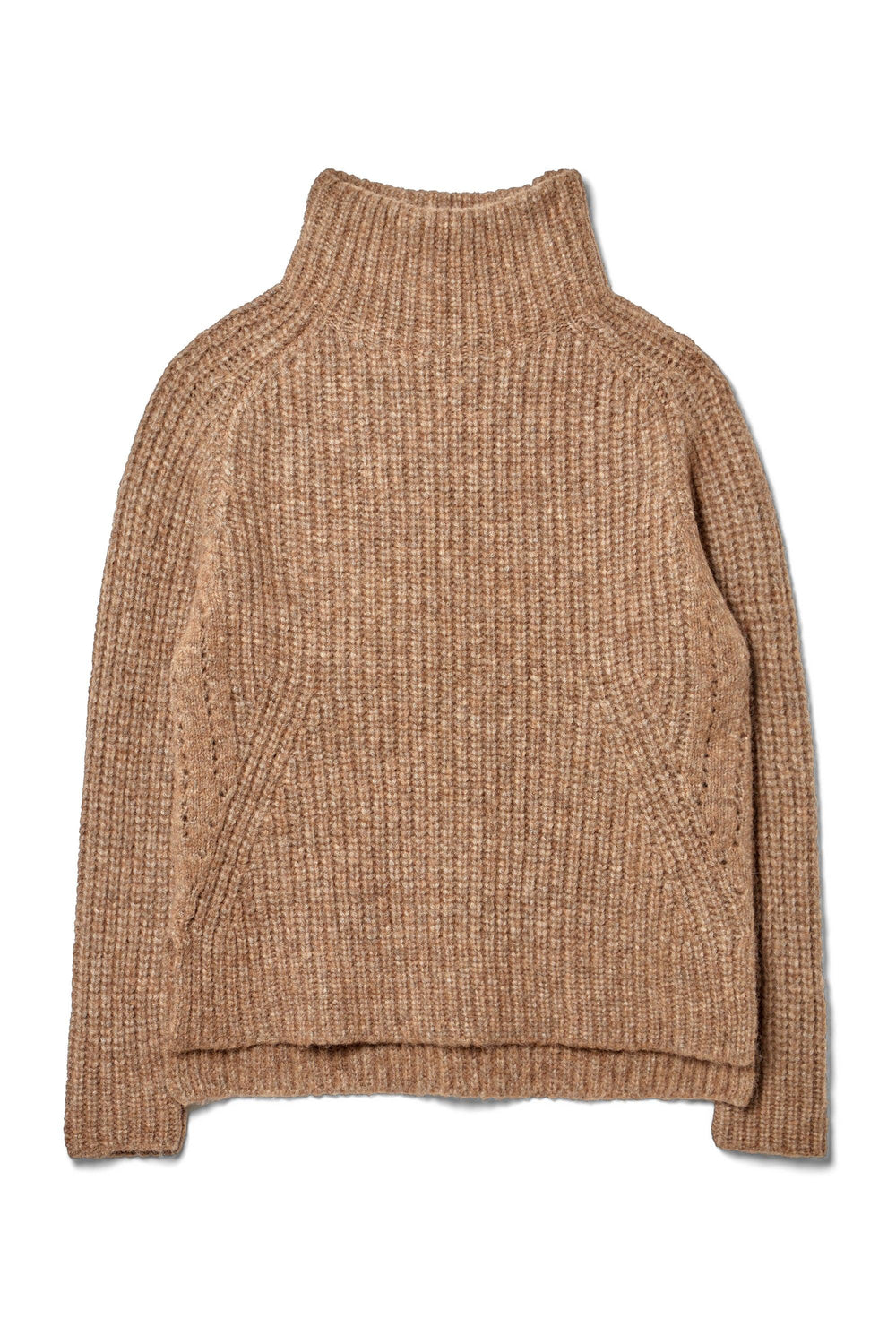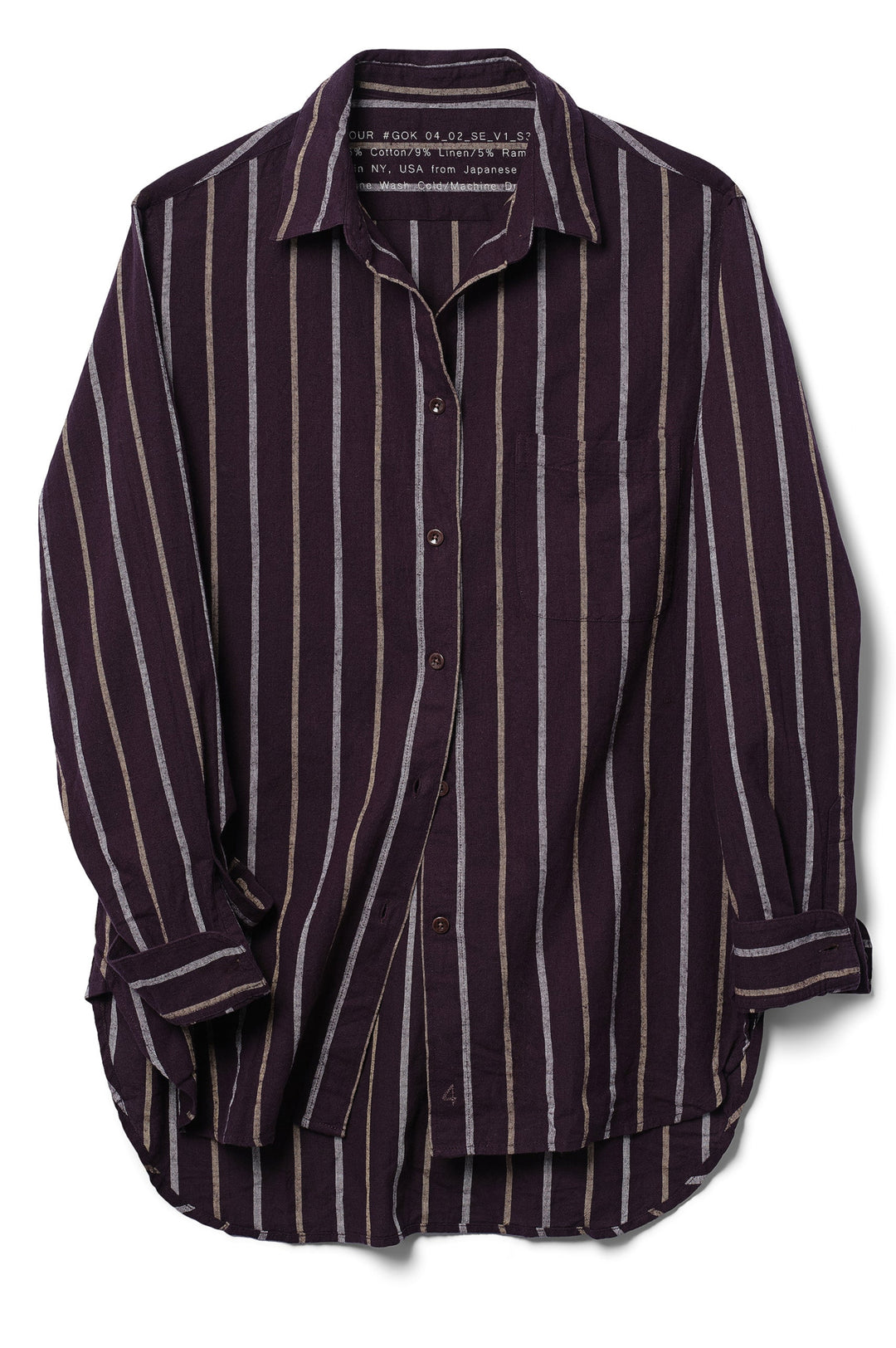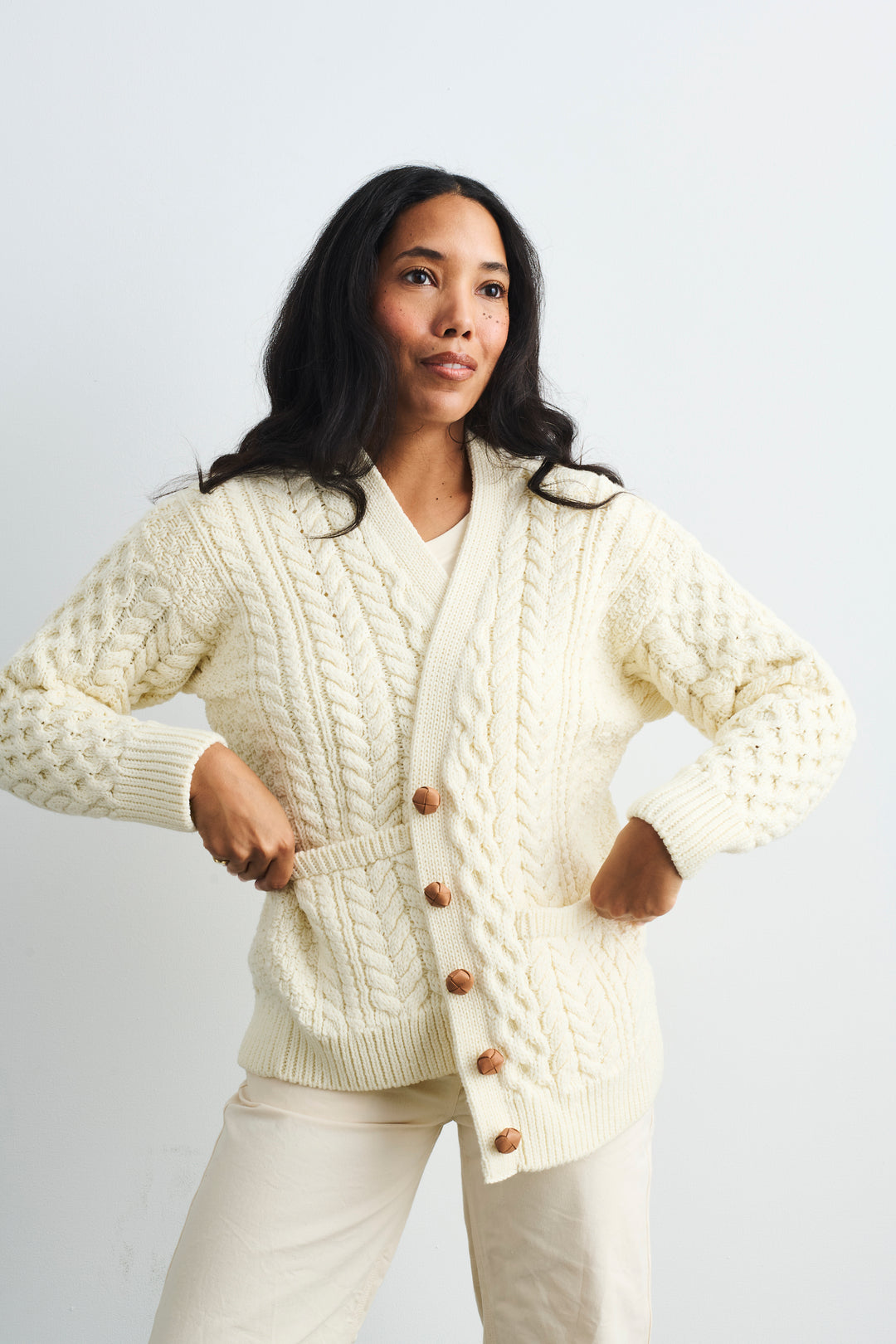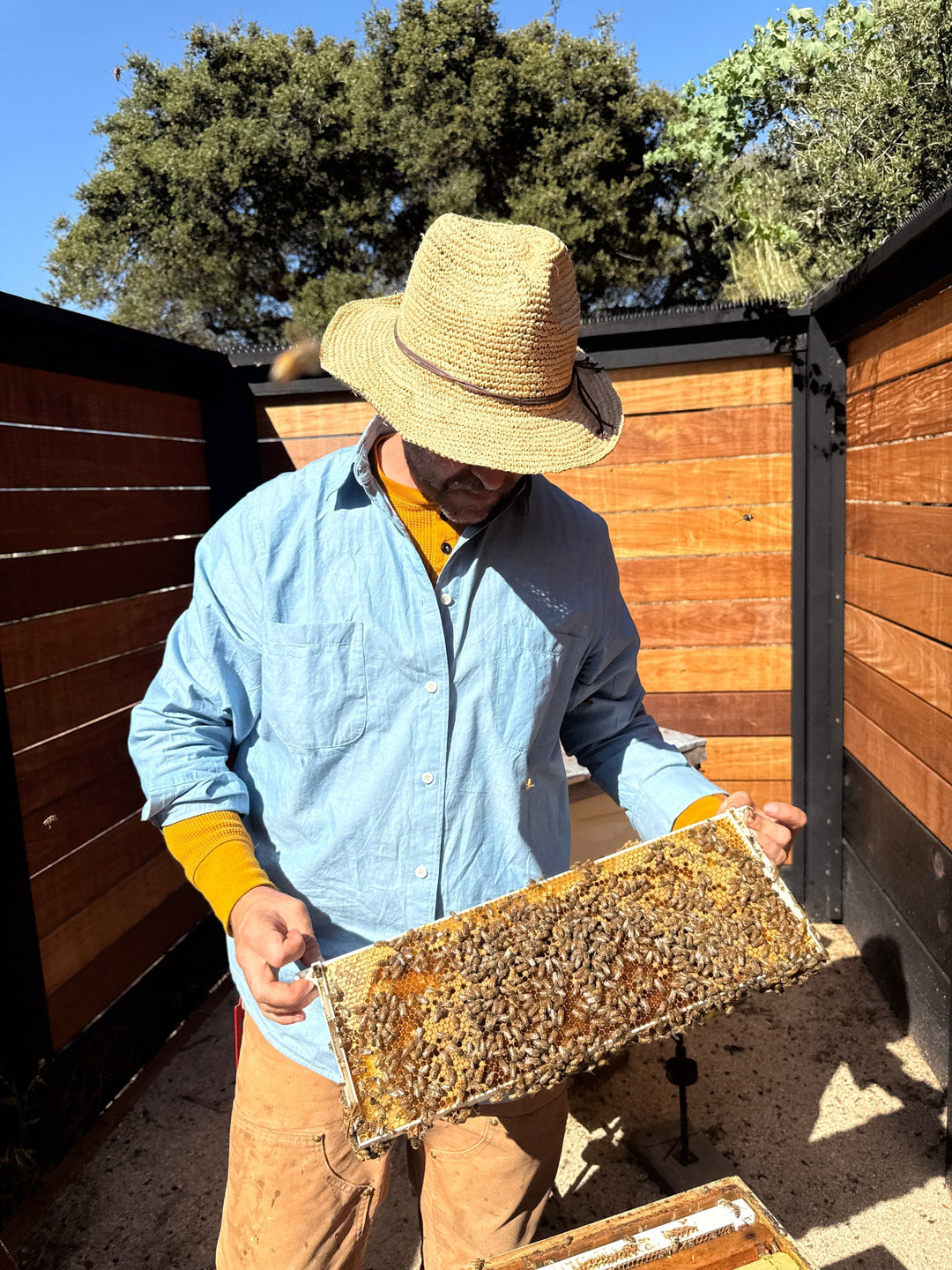Celebrities2Us: Maddy Michael
Meet our celebrity jeweler,
Maddy MIchael!
What was that transformative moment when you realized jewelry could be your language? How has that language evolved as you’ve grown as an artist?
I’ve always been drawn to making things with my hands—first it was fairy houses in the garden, then sewing my own clothes for school dances. Jewelry came later, starting with beading, but it was metalsmithing that gave me that first deep sense of pride. Working with fire and metal was intimidating, but rising to that challenge built my confidence both as an artist and in my everyday life.
At first, metalsmithing was something I did just for myself—I loved the challenge and finally felt good at something in a way I never had with academics. But over time, I realized how sentimental and meaningful jewelry can be. One distinct memory was when my great aunt Eleanor passed away. I inherited a cardigan she had made with pearlescent blue buttons and decided to create a forget-me-not brooch for my grandma, setting one of the buttons at the center like a gemstone. I cried while making it, thinking of their bond and the pain she must be in after losing a sister. Giving my grandma a way to carry Eleanor with her made me understand jewelry as my language of connection.
I’m not always able to express my feelings with words, but creating something for someone is how I show love. Now, I want everything I make to carry that kind of meaning for the wearer.
What's the most important lesson your materials have taught you about design?
Jewelry materials have taught me that everything is connected. When I first started making jewelry as a teenager, I didn’t think about where the metal or stones came from—I was focused only on the piece in front of me. Over time, I’ve learned that these resources are finite and precious, and that bringing them to market has a profound impact on the environment and on millions of lives throughout the supply chain.
Visiting Fairmined gold mines in Colombia in 2018 deepened that understanding. It made me realize the responsibility that comes with these materials. Now, I don’t just design whatever I want or source any stone a client requests—I begin with what I can find through ethical, transparent sourcing and let the design grow from there.
What's one thing about the jewelry-making process that would surprise most people?
Something that might surprise people is how small and collaborative the jewelry world can be—especially among small, independent designers who actually make the work themselves. From the outside, it might seem competitive, but within this maker community it’s the opposite. We’re total craft nerds—we love talking about techniques, problem-solving, and how to make things better quality. We take classes together, share resources, and swap business advice. It’s a really supportive circle where we’re all rooting for each other to succeed.
At FOUR, we design pieces meant to integrate into someone's life for years to come, and you speak about creating jewelry "to be cherished for generations." In a world of fast fashion, what does it mean to you to create pieces meant for a lifetime and beyond?
Fine jewelry is almost always going to be more of a heritage product because of the intrinsic value of the materials. Unworn gold jewelry is never going to end up in the landfill––it will at least always get recycled and refined to be reused. So, compared to the fast fashion world, the fine jewelry industry doesn’t have as much waste in terms of materials (of course, mining and processes are another topic). However, I like to think about how to create designs that will transcend trends. When designing, I like to ask myself, “Will I still want to wear this in 20, 30, 50 years?” I consider how my pieces will age and make sure the quality will hold up for decades, with earrings thick enough not to bend and rings with gemstones hard enough for everyday wear. I’m also enamored with ancient jewelry and often think about what someone centuries from now might feel if they see a piece I made. There’s something humbling and inspiring in imagining that kind of continuity—a reminder that the work we do today can carry meaning far into the future.










